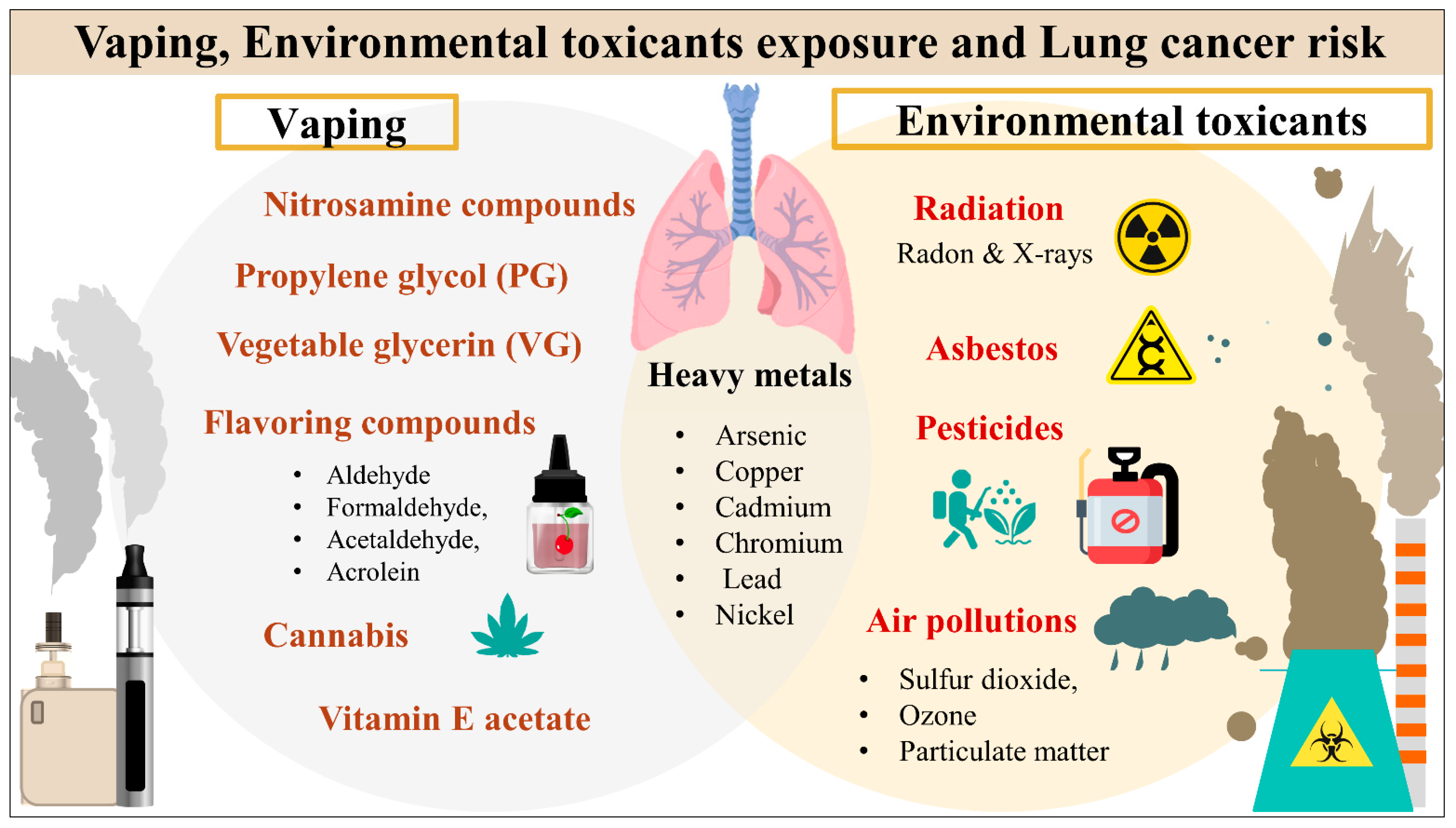Electronic cigarettes (e-cigarettes), also known as vapes, are devices that heat a liquid to create an aerosol that users inhale. The liquid typically contains nicotine, flavorings, and other chemicals. While often marketed as a safer alternative to traditional cigarettes, the potential link between e-cigarettes and cancer is a growing area of concern.
Potential Cancer Risks Associated with E-Cigarettes
- Carcinogenic Chemicals: E-cigarette aerosols contain harmful chemicals, including carcinogens such as formaldehyde, acetaldehyde, and heavy metals. The levels of these substances can vary depending on the device and e-liquid used.
- DNA Damage: Some studies suggest that e-cigarette vapor can damage DNA, which could increase the risk of cancer development over time.
- Nicotine Exposure: Nicotine, while not a direct carcinogen, can promote tumor growth and metastasis. It also has addictive properties, making it difficult for users to quit.
- Inflammation and Immune System Effects: Vaping can cause inflammation in the lungs and suppress the immune system, potentially hindering the body’s ability to fight off cancer cells.
Research Findings
Research on the long-term effects of e-cigarettes is still ongoing. However, some studies have shown:

- Increased risk of respiratory diseases, which can be precursors to lung cancer.
- Cellular changes in the mouth and lungs that are associated with cancer development.
- Animal studies indicating that exposure to e-cigarette vapor can lead to lung tumors.
Conclusion
While e-cigarettes may be less harmful than traditional cigarettes, they are not risk-free. The presence of carcinogenic chemicals, potential for DNA damage, and effects on the immune system raise concerns about the long-term cancer risks associated with vaping. Further research is needed to fully understand the extent of these risks.










